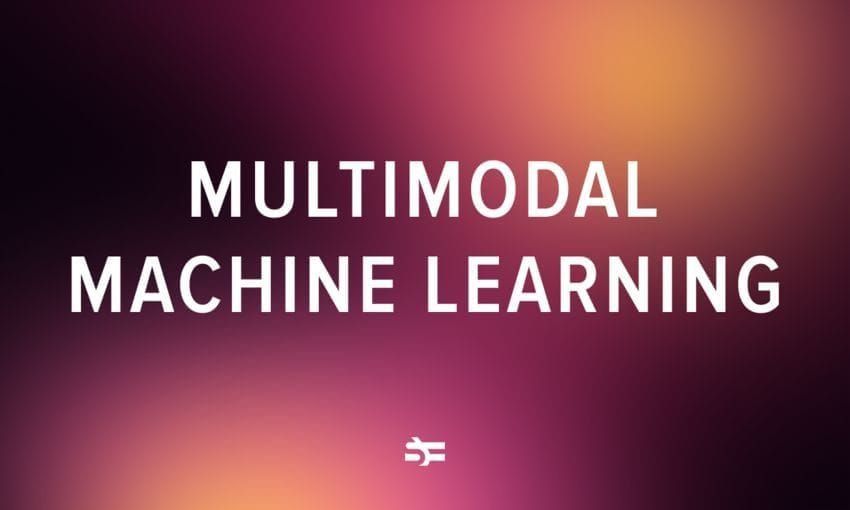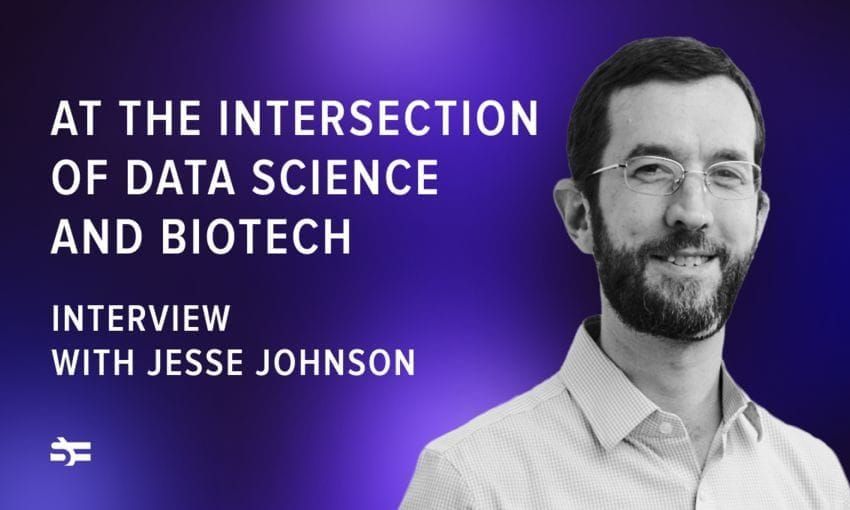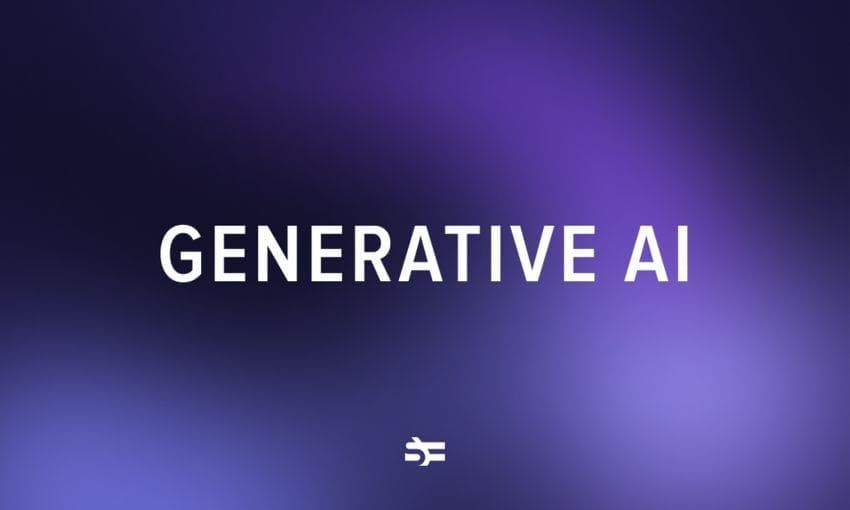The world today is heavily dependent on data. The amount of data that we produce grows exponentially every year. At least 2.5 quintillion bytes of data. are produced every day ― in case you didn’t know, that’s a number followed by 18 zeros! Inside this data, we can find important insights about how to get better results in a reduced amount of time, be it manufacturing, medicine, or education.
Data science, data analytics, and machine learning are terms that are often used interchangeably when talking about making sense out of this data. But this is wrong. In fact, machine learning, data science, and data analytics are different fields that pursue different goals.
In this post, we will talk about the difference between them so that you can use them correctly. Let’s get started!
What is data analytics?
Data analytics is a field that studies how to collect, process, and interpret data. Data analytics is often applied in large companies that collect data about their clients and apply a data-driven approach to make their products and services better. This approach allows business to focus on objective facts when making decisions.
What is data science?
Data is information that can exist in textual, numerical, audio, or video formats. Data science is a highly interdisciplinary science that applies machine learning algorithms, statistical methods, mathematical analysis to extract knowledge from data. Moreover, this field also studies how to work with data ― formulate research questions, collect data, pre-process it for analysis, store it, analyze, and present the results of the research in reports and visualizations.
Data for analysis comes from different channels and is growing fast so analyzing it is beyond human capabilities. At least, without special tools and techniques.
Therefore, to work in data science one needs a diversified set of technical skills. They need to know programming and computer science but also statistics, math, and data visualization. Moreover, it’s important to possess a research-oriented mind, be able to notice knowledge gaps, and formulate questions that can help to fill them in.
Data science today is an integral part of many industries. Working with data helps companies to better understand their customers, optimize business processes, and offer better products. Instead of counting on someone’s highly subjective opinion, they have numbers and facts to serve them.
What is machine learning?
Machine learning is a branch of computer science that studies how to enable computers to solve problems without being explicitly programmed to solve them step-by-step. This field encompasses a variety of methods that are usually divided into supervised, unsupervised, and reinforcement learning methods. Each of these types of ML has its pros and cons. Learning happens by applying algorithms to data. Each of these ML groups use different algorithms. Algorithms in machine learning are instructions for doing a process. They run on data to perform pattern recognition and “learn” from it.
However, today the most hyped algorithms for machine learning are neural networks. These algorithms try to simulate the functioning of a living human brain. They are able to analyze huge amounts of data and extract patterns and rules from it. Different types of neural networks are better suited for solving different tasks.
To deploy algorithms, monitor their performance, and come up with better parameters for their training, we need a scientific field that explains how to do it correctly. Machine learning studies how to build a model that would fit a certain dataset but can also be useful on other datasets. A high-quality model that shows reproducible results is the main output of machine learning.
What is the difference between data science and data analytics?
Both of these fields are tightly connected with data so it’s easy to get confused. However, the notion of data analytics is broader than data science.
Data science implies that there is a science-intensive task around data. It’s a research question you’re trying to answer or a serious problem you can solve by extracting insights from data. Examples of data science tasks are identifying and predicting diseases or providing personalized healthcare advice. Usually, these tasks are quite complex so data scientists most often work in teams.
Data analysts work with certain types of products. There is often user data involved and they serve mostly commercial purposes performing data analysis. A data analyst can be an integral part of any company, however small it is.
Overall, there is no clear line between these two professions, but rather a spectrum. But data analytics is a very applied specialty. Their main task is to get value from this data for the business. While a data scientist is, first and foremost, a scientist with advanced academic preparation and oriented on research.
What is the difference between data analytics and data mining?
Data analytics is often confused with one more term – data mining. In fact, data mining and data analytics are different steps of any project that wants to call itself ‘data-driven’.
Data mining comes first. It describes the procedure of uncovering useful patterns in a dataset or many datasets. The amount of data you have to go through to find something you need can be enormous, that’s why the process is called ‘mining’ ― it’s like looking for a diamond in solid rock.
Data analytics is the next step of working with data. Analysts need to remove redundant data, clean it, and transform the dataset to reveal valuable insights.
Difference between data science and machine learning
Data science is the field that studies data and how to extract meaning from it while machine learning focuses on tools and techniques for building models that can learn by themselves by using data.
A data scientist is typically a researcher who applies their skills to come up with a methodology of research and works with the theory behind algorithms. A machine learning engineer builds models. They choose the most appropriate algorithm for a particular problem and try to achieve certain reproducible results by running experiments on data.
| Data Analytics | Data Science | Machine Learning | |
| Goal | Extract relevant information from a usually rather small dataset | Conduct operations over various data sources to prove or disprove a certain hypothesis | Develop software that learns by itself by extracting meaning from data |
| Tools | Involves using analytics applications on structured data | Involves using ML tools to work with both structured and unstructured data | Involves using ML algorithms and analytical models |
| Scope | Includes predictive modeling, risk analytics, and other | Involves data acquisition, data cleaning, data investigation, etc. | Includes supervised, unsupervised, semi-supervised learning |
| Output | Trend analysis | Report based on key data | ML model |
Skills that you need to enter these professions
Data analytics, data science, and machine learning require you to have different skills if you want to work in any of these fields.
Data analytics
If you want to work as a data analyst, you must possess the necessary hard skills to collect and process data. For this, you will need to know a programming language, usually R or Python, since these languages have rich libraries that will help you to work with data. Next, you will need Structured Query Language (SQL) to view, manage and access information you’re working with. Finally, data analysts often have to present the results of their findings to clients or other stakeholders. So you will need to learn how to do data visualization, for example, with the help of Google Charts, Tableau, Grafana. You will also need confidence and good presentation skills.
Data science
A data scientist is someone who often has to formulate and prove or refute hypotheses. That is why if you choose this profession, it’s important to have a solid academic background and be able to approach problems systematically and methodically. Data science teams often publish papers that report about the results of their experiments and attract public attention to the problems they are working on. So if you’re far from the academy, this job might be hard for you. However, everything depends on the type of project you’re working on.
Speaking more practically, you need to know math and statistics as well as data mining, cleaning, and processing techniques. Knowledge of programming and machine learning techniques is definitely useful since you often have to build ML models to derive meaning from data.
Machine learning
Applied mathematics is quite an important skill in the arsenal of a machine learning engineer. As soon as you start working on complex projects, you will discover that out-of-the-box models don’t work as well as you would like them to, and you will have to search for solutions. If you have good knowledge of math theory and statistics, you will be much more efficient at your job.
Machine learning specialist is also an engineer, so programming is essential. Python is the most common choice for machine learning, however, there are other languages that are gaining popularity in this field such as Julia.
Finally, machine learning is a huge field so you will probably have to choose what you’re going to specialize in. For example, if you’re interested in natural language processing it is useful to learn linguistics. But for other areas such as computer vision, linguistics is not as useful.
What’s next?
Now you know what the difference between data science and machine learning is and will never confuse data analytics and data mining. Don’t stop learning ― check out our other materials about machine learning that explain complicated matters in layman terms!







